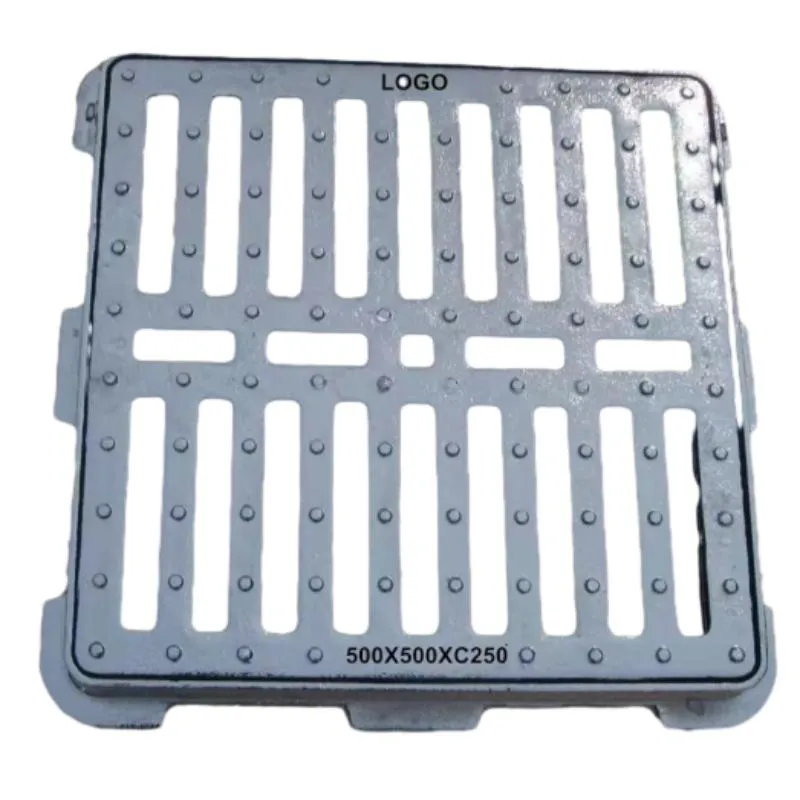Understanding the Functionality of Flow Through Butterfly Valves in Fluid Control Systems
Understanding Flow Through Butterfly Valves
Butterfly valves play a crucial role in fluid control and regulation in various industrial applications. Known for their simple yet efficient design, these valves are widely used across sectors such as oil and gas, water treatment, HVAC systems, and food and beverage industries. This article explores how flow through butterfly valves works, their applications, benefits, and considerations for optimal performance.
What is a Butterfly Valve?
A butterfly valve consists of a rotating disc or plate that controls the flow of fluid through a pipeline. When the valve is closed, the disc is perpendicular to the flow, creating a tight seal that prevents fluid passage. Conversely, when the valve is open, the disc rotates to allow fluid to flow through. This fundamental operation allows for precise control over flow rates with minimal pressure drops, making it an attractive option for many applications.
Mechanism of Flow
The flow through a butterfly valve is influenced by the design of the valve itself. Typically, these valves are installed in a fully open or closed position, but they can also be adjusted to achieve various degrees of opening, allowing for throttling. When partially opened, the disc creates a streamlined passage for fluid, resulting in a relatively low resistance compared to other types of valves such as gate or globe valves.
One of the significant advantages of butterfly valves is their ability to handle a wide range of flow conditions. The geometry of the disc, coupled with its design, allows for efficient flow distribution. This efficiency is crucial in applications where maintaining pressure and flow rate is essential, such as in water treatment facilities where consistent supply is necessary.
Applications of Butterfly Valves
Butterfly valves are versatile and applicable in numerous industries. In the water and wastewater sector, they are commonly used for isolating sections of piping and controlling the flow of water in treatment plants. In the oil and gas industry, they manage the flow of hydrocarbons, ensuring safety and efficiency in processing and transportation.
Additionally, HVAC systems utilize butterfly valves for regulating air and water flow in heating and cooling applications. The food and beverage industry also employs butterfly valves due to their ease of cleaning and maintenance, aligning with hygiene standards necessary for food processing.
Benefits of Butterfly Valves
1. Compact Design Butterfly valves occupy less space compared to other valve types. This compactness is beneficial in applications where space is at a premium.
flow through butterfly valve

2. Low Pressure Drop The streamlined design of butterfly valves leads to minimal pressure loss, contributing to energy efficiency in systems where pump energy conservation is critical.
3. Quick Operation The disc can rotate a full 90 degrees, allowing for rapid opening and closing, which is advantageous in emergency shut-off scenarios.
4. Cost-Effectiveness Generally, butterfly valves are less expensive than many other valve types, both in terms of initial purchase price and long-term maintenance costs.
5. Ease of Maintenance With fewer moving parts, butterfly valves are easier to maintain and service, reducing downtime in industrial settings.
Considerations for Optimal Performance
While butterfly valves offer several advantages, certain factors must be considered for optimal performance
- Material Selection The valve material must be carefully chosen based on the type of fluid, temperature, and pressure conditions. Common materials include cast iron, stainless steel, and PVC.
- End Connections Proper selection of end connections (flanged, wafer, or lugged) is essential for ensuring compatibility with existing piping systems.
- Actuation Depending on the application, butterfly valves can be manually operated or automated with actuators. The choice will depend on the required response time and system complexity.
- Regular Inspection Regular inspection and maintenance are crucial to prevent wear and ensure that seals are functioning correctly, especially in high-frequency operation scenarios.
Conclusion
In summary, butterfly valves are a fundamental component in fluid control across various industries. Their efficient flow management, ease of maintenance, and compact design make them an ideal choice for many applications. By understanding their mechanism, applications, and maintenance needs, professionals can leverage butterfly valves to enhance system performance and reliability. As industries continue to advance, the role of butterfly valves in promoting efficiency will surely remain significant.
-
The Smarter Choice for Pedestrian AreasNewsJun.30,2025
-
The Gold Standard in Round Drain CoversNewsJun.30,2025
-
The Gold Standard in Manhole Cover SystemsNewsJun.30,2025
-
Superior Drainage Solutions with Premium Gully GratesNewsJun.30,2025
-
Superior Drainage Solutions for Global InfrastructureNewsJun.30,2025
-
Square Manhole Solutions for Modern InfrastructureNewsJun.30,2025
-
Premium Manhole Covers for Modern InfrastructureNewsJun.30,2025
